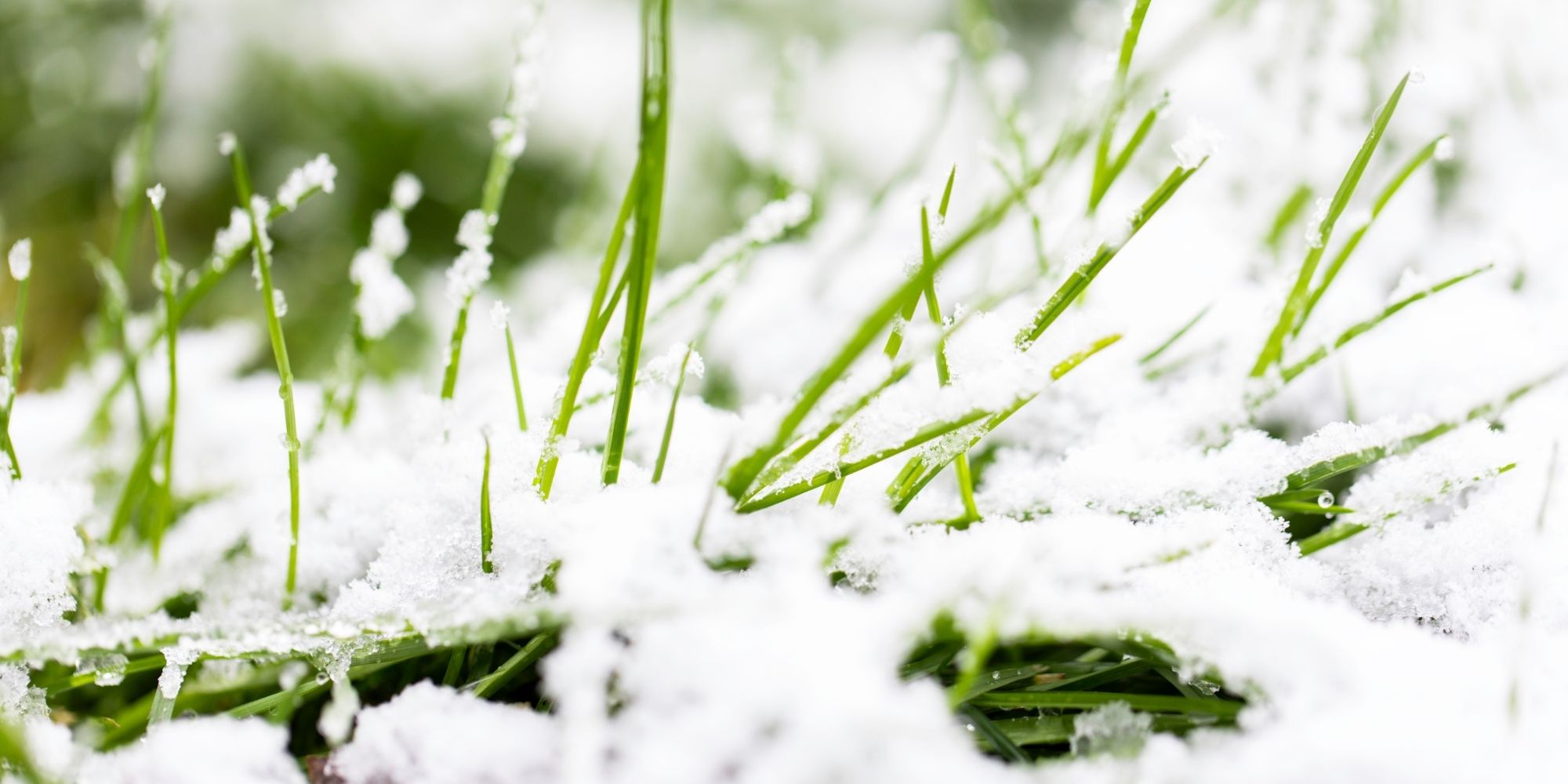Homeowners naturally want to enjoy their garden year-round. Artificial grass is one way to do that. Since it never browns or dies out; even in the coldest temperatures, it’s a great option for any climate. But can you install artificial grass in winter? It’s a good question. According to Wonderlawn, “The best temperature to install artificial grass is between 5°C and 19°C degrees Celsius.” For the UK, that means that artificial grass is fine to install year-round since our temperatures usually fall within that range.
What are some challenges of a winter installation?
Well, it usually takes around two days to complete an installation. So, you’ll need to have a keen eye on the forecast to ensure the ground won’t be completely waterlogged on your installation days. This will reduce the mess of turf removal and keep mud to a minimum. Once your lawn is installed, however, you’ll benefit from a mud-free garden all year long.
Rain is a worry, but you don’t want the ground to be frozen or covered in large snowdrifts either. This can make turf removal a challenge or more messy. A small amount of snow is fine, but ice should be avoided. So wait for more moderate winter temperatures before beginning your installation. Generally, autumn and winter are the best times to install artificial turf because the ground is softer, so long as it’s not frozen.
How to install artificial grass in winter
Even if it’s quite cold, completing an artificial grass installation is simple. It’s best practice to prepare the lawn the day before and roll the grass out in the morning hours of the next day. This will help the artificial grass get used to the temperatures before it’s pinned down. Remember to consider that element when planning your project.
To do the winter artificial grass installation yourself, follow these steps.
- Take up 40mm of turf across the surface of your garden. If you have a large garden, hire some turf cutters to make this step go quicker.
- Lay 35mm worth of sharp sand on your garden’s surface. You’ll want to make it compact and level. A builders plank and hammer can help here.
- Roll out your weed membrane flat over the sand. You’ll need to keep a 300mm overlap at the joins and trim it to fit.
- Roll out your grass in the morning with all the blades facing your home in a staggered pattern. Once the grass has soaked up some of the winter sun for a few hours, you can continue. You’ll trim these to size with a sharp knife and join with adhesive and jointing tape.
- The tape goes rough side up on the edges where the grass rolls connect. Your glue goes on top of that, edges only. It’s important that no blades touch the join. You can brush the seams to hide them.
- Now it’s time to pin the edges at 20cm intervals using ground pins. You’ll brush the grass again after pinning to hide them.
- That’s it! Remember to brush your grass regularly to keep it looking its best all year round.
